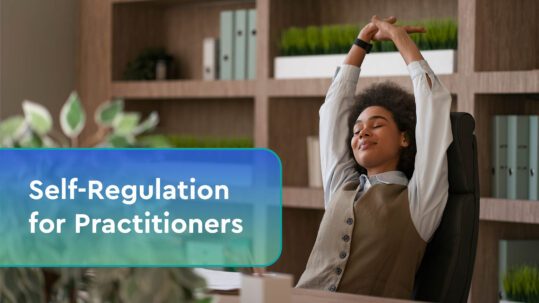Tips for Conducting Group Cognitive Therapy
As cognitive therapy patients go through their healing journey and practice or regain cognitive skills, it can be tough to bring the skills into real life situations. This practice of bringing practiced cognitive skills into daily life is called “bridging.” Group therapy is a great way to help clients with bridging in a supportive environment.
How does group therapy help?
Group therapy usually involves several patients who are working with similar cognitive impairments. Each person in the group may share similar goals. Being able to discuss obstacles and emotions surrounding their condition can help patients overcome feelings of isolation, and help them to feel understood and connected.
Additionally, patients who are working on similar cognitive skills can work together to help each other, with the help of a clinician. Exercising cognitive skills is necessary for integrating new or regained skills into their lives. However, practicing cognitive skills outside of a therapy context may feel unnatural to some clients. In group therapy with other people who understand their obstacles, patients may feel more free to practice cognitive skills openly which may aid in their effective recovery.

Tips for group cognitive therapy
Note which clients could benefit from a group
A group may not be the best option for every single client. If you don’t think your client would respond well to group therapy, that’s okay! Each patient is unique and their treatment will be unique as well. Some may benefit more from just working one-on-one with a clinician. Whereas for other clients, a group may be the exact missing ingredient in their cognitive therapy journey.
Offer telehealth options
While working with a group in-person may be helpful to many patients, it may be easier for some to attend a telehealth group session. For some clients, working remotely may feel more comfortable and help them open up to the idea of working with a group. Offering both options, if possible, ensures that group therapy is accessible to all patients who might benefit from it.
Incorporate digital exercises
Kyra Minichan, M.A. CCC-SLP utilizes HappyNeuron Pro exercises in a group telehealth setting. She notes that clients who are struggling with cognitive deficits are encouraged by seeing that other people of all ages are going through a similar experience. Completing cognitive exercises together makes cognitive workouts even more fun and engaging, and perhaps less stressful than completing them alone.
Encourage community
When people are struggling with a cognitive condition, they may feel isolated. Having community support through group therapy may help them overcome these feelings. While you can practice skills as a group, it can also be beneficial to simply talk about how everyone is feeling that day and what is going on in their lives outside of therapy. This may allow clients to connect with each other and have fun during group therapy.
Offer different types of groups
There are options when it comes to group therapy. Two types of cognitive group therapy are metacognitive groups and skill-building groups.
Metacognitive groups focus on thought process, or “thinking about thinking.” A clinician may ask the group how they would approach a situation, with an emphasis on the thought processes involved. This is a great way to work on the underlying deficits in cognitive skills needed for real-life situations.
Skill-building groups focus on putting cognitive skills into practice. The focus is more on the actions needed to complete day-to-day tasks. Patients could practice skills as a group, such as paying bills, making phone calls, writing letters, taking notes on a presentation, or job interviews.
Conclusion
Group therapy is a great way to help your clients bridge the skills they are learning in cognitive therapy to real life. Working on cognitive skills in group therapy can help clients feel supported and practice utilizing cognitive skills in new ways.









